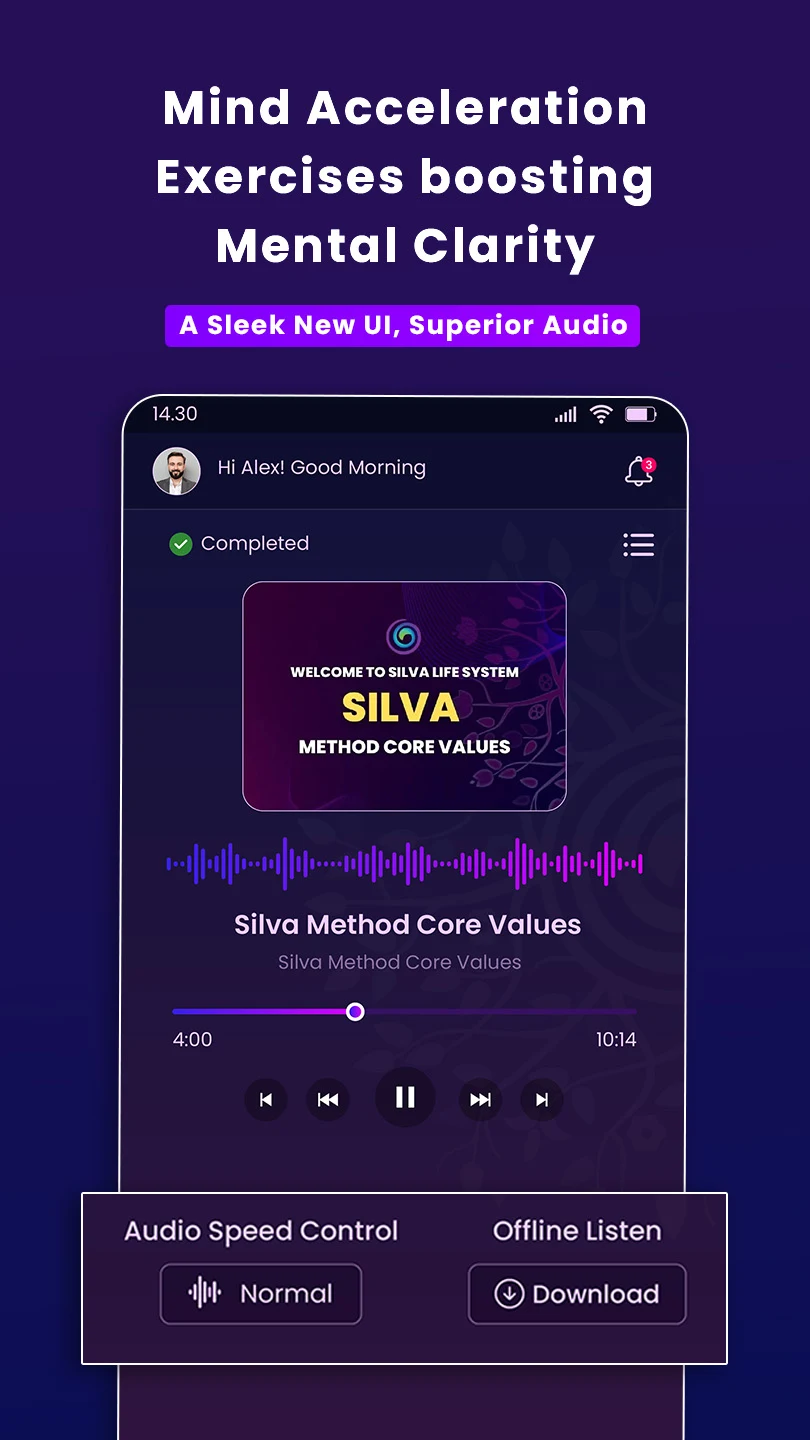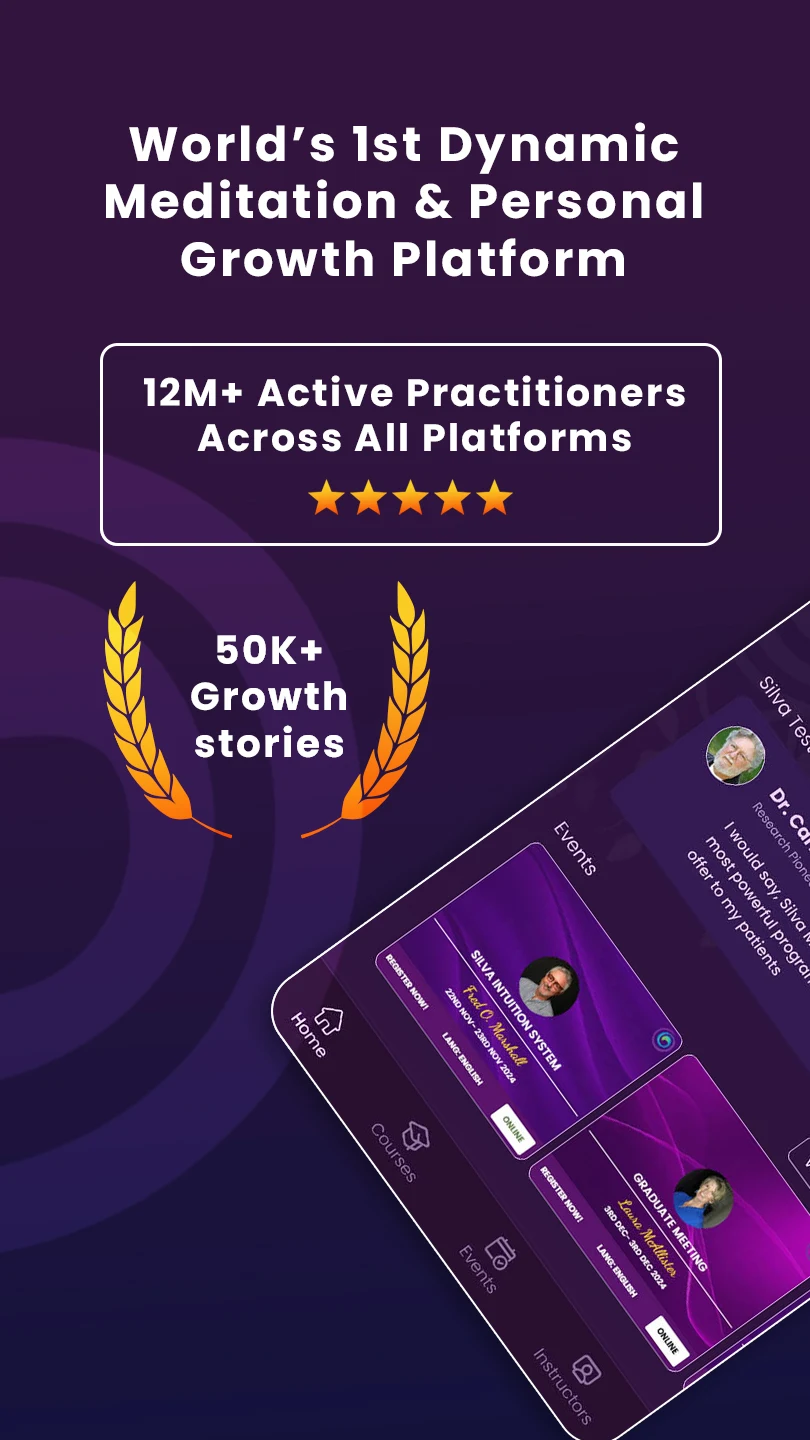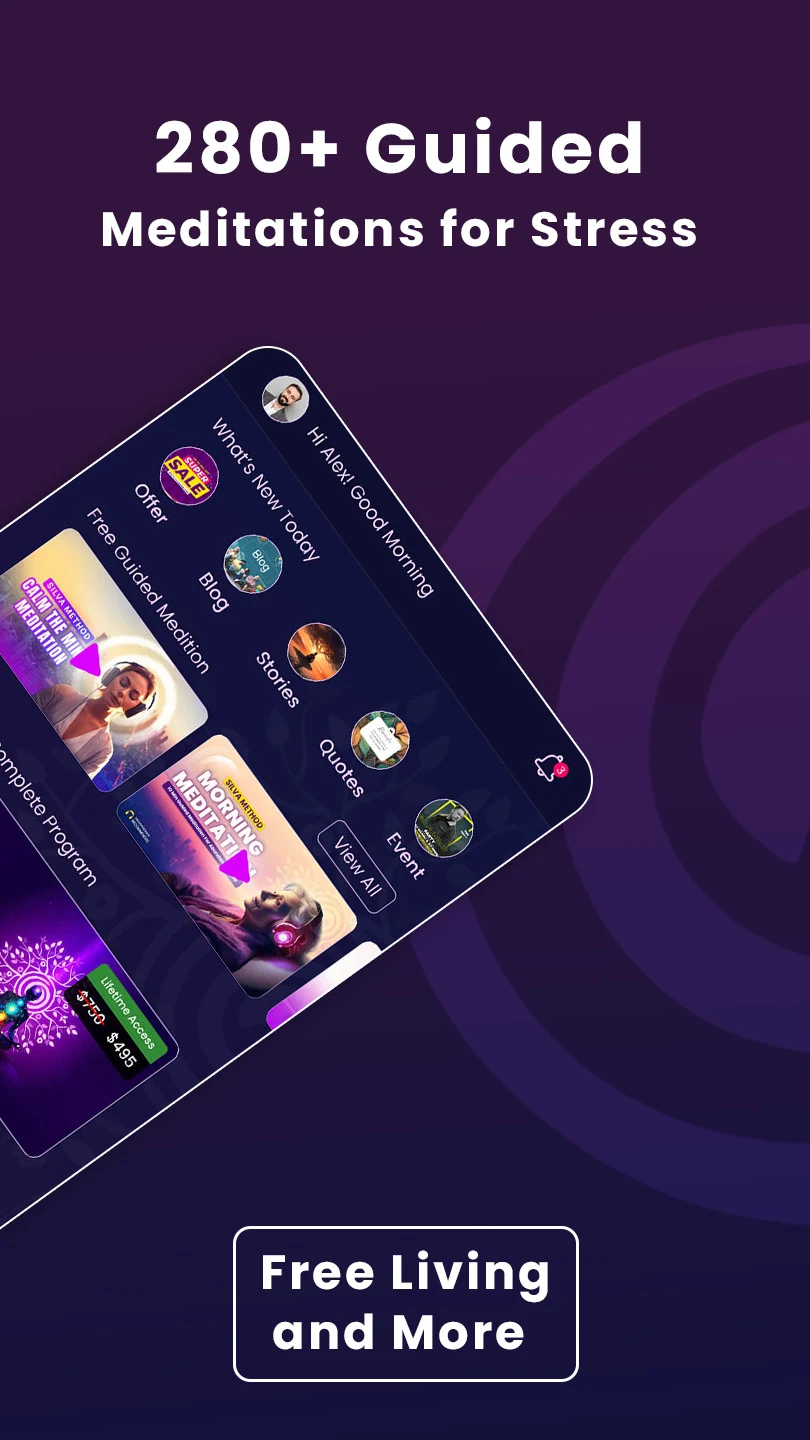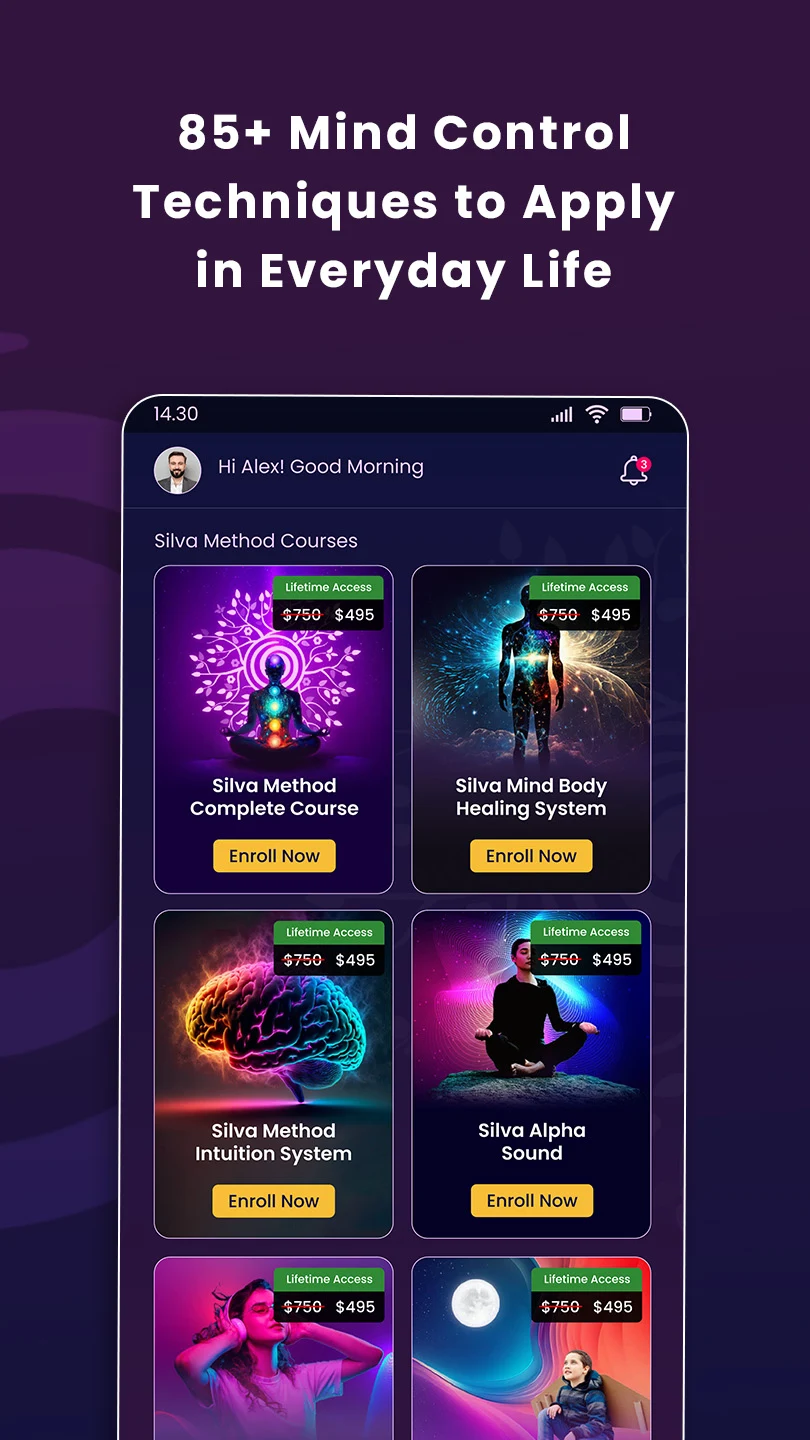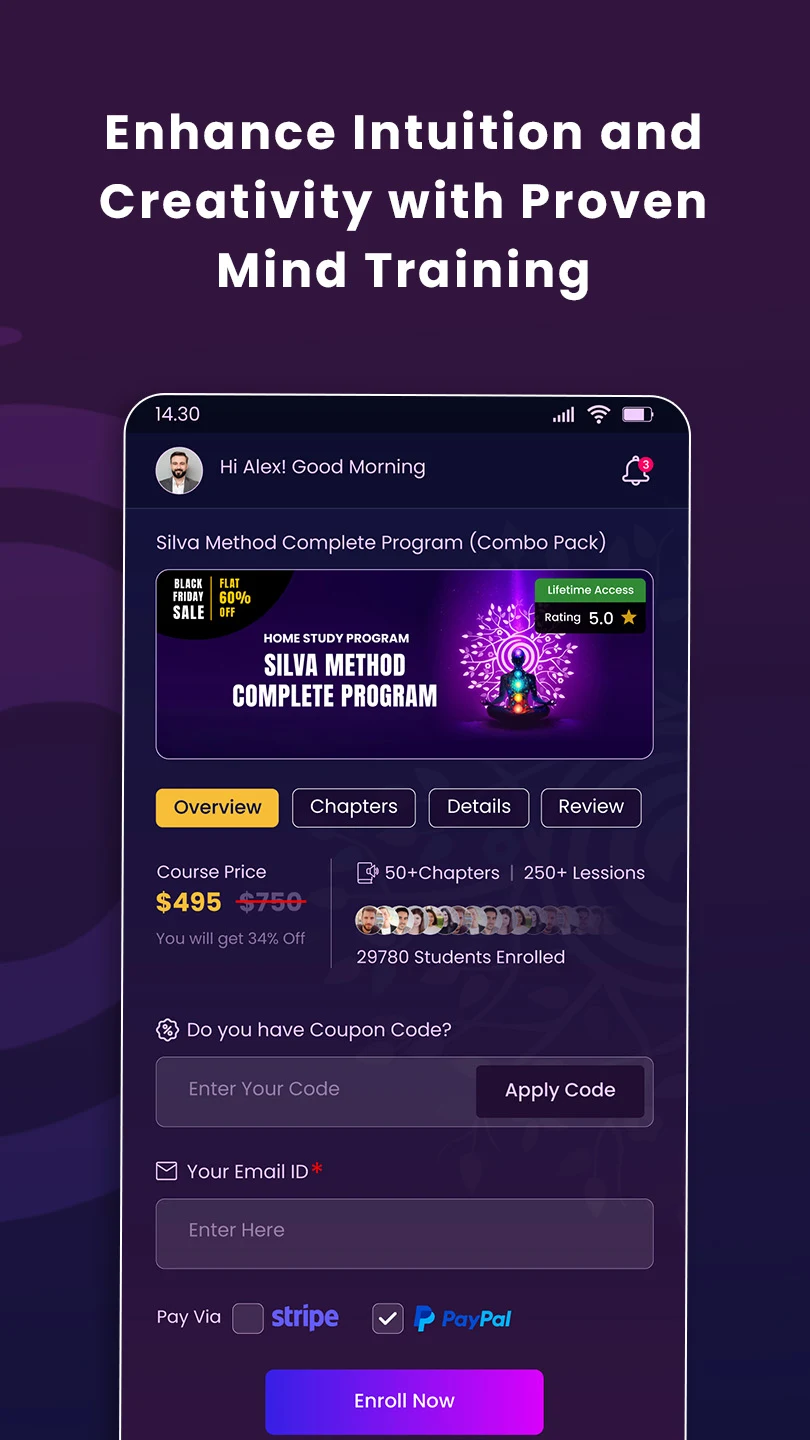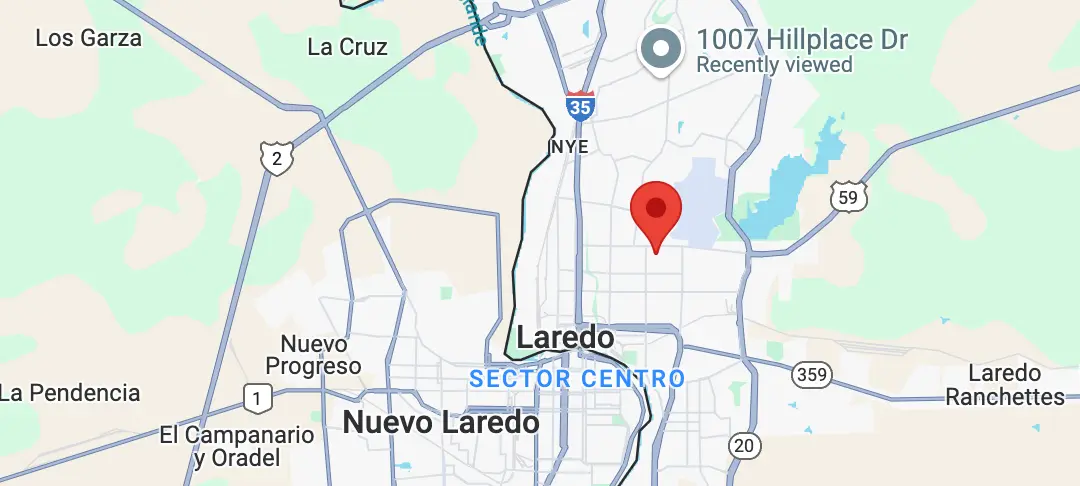Unlock the Mental Clarity You've Been Chasing
With the Silva Method
Discover the original mind-training method trusted by millions for over 40 years.
Experience the Silva Shift* Black Friday Sales is Live !


Featured In








Start Your Silva Meditation Journey Today For Free
For Free
Get instant access to:
- A powerful morning routine PDF that can change your life
- Guided 7-day meditation challenge to build your practice
Upcoming Silva Method
Live & Online Classes
Over 12 million people in 110 countries have experienced what Silva Method Meditation can do.
What Is The Silva Method
Imagine your mind is like a car. Powerful, full of potential, but most people drive with the handbrake on. Thoughts racing. Emotions snapping. Stress Building. Focus flickering. You keep pushing forward, but the engine’s burning out. The José Silva Method is the toolset that helps you release that brake and finally take control of the wheel. Created by mind scientist José Silva after years of research, The Silva Method was America’s first personal growth program, and it’s still transforming lives today. Since 1966, millions have used Silva’s powerful visualization techniques to train their mind like a muscle, reprogramming their subconscious while staying fully conscious.
Silva Life System (Beginners)
Learn to get relaxed, overcome stress, depression & insomnia. Manifest goals and solve problems with clarity.
Silva Intuition System (Advanced)
Activate your intuition (3rd eye), discover your life’s purpose, and master healing & remote viewing techniques.

How Silva Helps You Be The Best Version of Yourself
Struggles You Silently Carry Solutions Silva Offers

If your thoughts won't stop racing
Long Relax Exercise :
Calm your body & quiet the mind.
Sleep Control:
Train your mind to enter rest naturally.
Mental Housecleaning:
Clear negative, racing thoughts and replace them with empowering ones.
All these you will get in Silva Life System

If you're always wired and tired
Long Relax Exercise:
Release built-up tension and reset your energy.
Energizing Technique:
Quickly recharge your body and mind when energy is low.
Glass of Water Technique:
Get Energized water and heal
All these you will get in Silva Life System

If you want to heal yourself
Long Relax Exercise:
Deep relaxation to support the body’s healing process.
Healing Visualization:
Imagine your body whole and healthy, sending energy to the areas that need it.
Headache Control :
Get rid of any type of headache or tiredness
All these you will get in Silva Life System
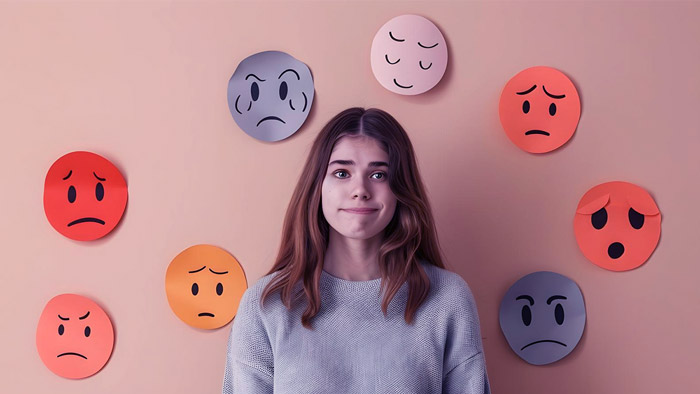
If you are confused in Manifestation
Create Abundance Mindset :
Work on thinking pattern
Mirror Of the Mind:
Manifest anything
3 Fingers :
Lock in the vision
All these you will get in Silva Infinite Abundance

Not able to sleep at night?
Long Relax Exercise:
Deep relaxation to support the body’s healing process.
Manage Stress Effectively:
Manage stress and negative thoughts
Sleep Control:
Fall asleep like a baby
Alarm clock:
Wake up naturally
All these you will get in Silva Sleep Control Course

If you want to know your purpose of living
Mental Housecleaning:
Clear The Old Programming
Droplet of source energy:
Connect back with the source
Connection to purpose:
Find your purpose of living
All these you will get in Silva Infinite Abundance
Confused about where to start?
Discover our curated Tracks, each designed to guide you through a specific journey. Whether you're looking for calm, sharper focus, deeper healing, or powerful manifestation - explore the path that resonates with your needs and start transforming today.
Calm & Clarity Track
Find peace of mind with practices that ease anxiety, release overwhelm, and improve your sleep quality.
Focus & Performance Track
Sharpen your concentration and boost productivity - perfect for students, professionals, and creators.
Healing & Emotional Growth Track
Work through past trauma, regulate emotions, and build resilience for lasting inner growth.
Manifestation & Intuition Track
Unlock your inner knowing with mindset tools, visualization, and intuition practices to manifest your goals.
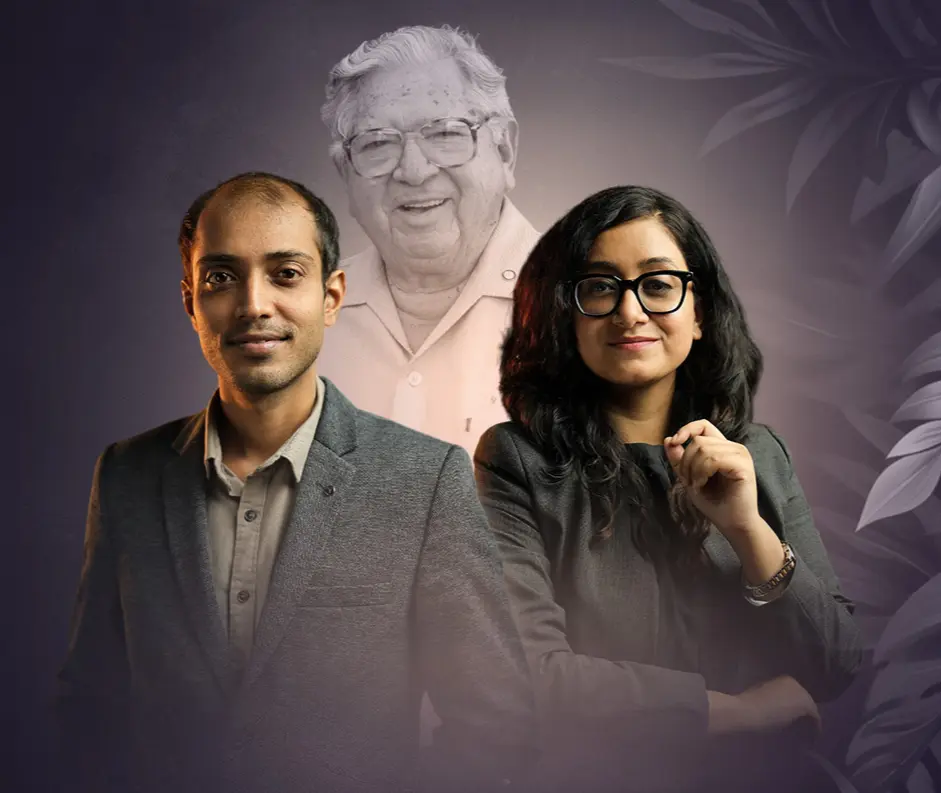
4.9/5 ⭐⭐⭐⭐⭐ (21564+ Ratings)
Silva Life & Intuition System
+ Live BLS Certification Bundle
Starts 11th Dec 5:30 PM / 12th Dec 5:00 AM (PST) ( Live via Zoom )
Step into your next level of growth with the Silva Method Graduation Program (BLS) - a 6-day immersive journey designed to show you how to truly live a better life. Through powerful, practical tools, you’ll learn how to create meaningful shifts in every area that matters: your health, career, finances, relationships, and personal goals. Over 12 Million People Worldwide Have Transformed Their Lives with the Silva Method - Now, You’re Next
The Silva International Advantage
See how Silva International stands apart from the competition with our comprehensive approach
| Feature | Others | Our Silva |
|---|---|---|
| % of Core Method | ~30% | ✅100% |
| Live Trainers | ||
| Lifetime Access | ||
| Personal Guidance | ||
| Graduation Certificate |
From the Family of José Silva
Our Silva Method International program is the original, global, and complete method. It directly continues the work of mind pioneer José Silva, developed and led by his family and certified trainers around the world.
Today, the Silva International community spans 110+ countries, with over 12 million students actively enrolled.

Success Stories from Our Students
For over five decades, the Silva Method has impacted millions of lives worldwide, including celebrities, CEOs, and everyday individuals seeking personal breakthroughs. More than 12 million people in 110 countries have experienced what Silva Mind control meditation can do. Get inspired by our global community
The Science Behind Silva
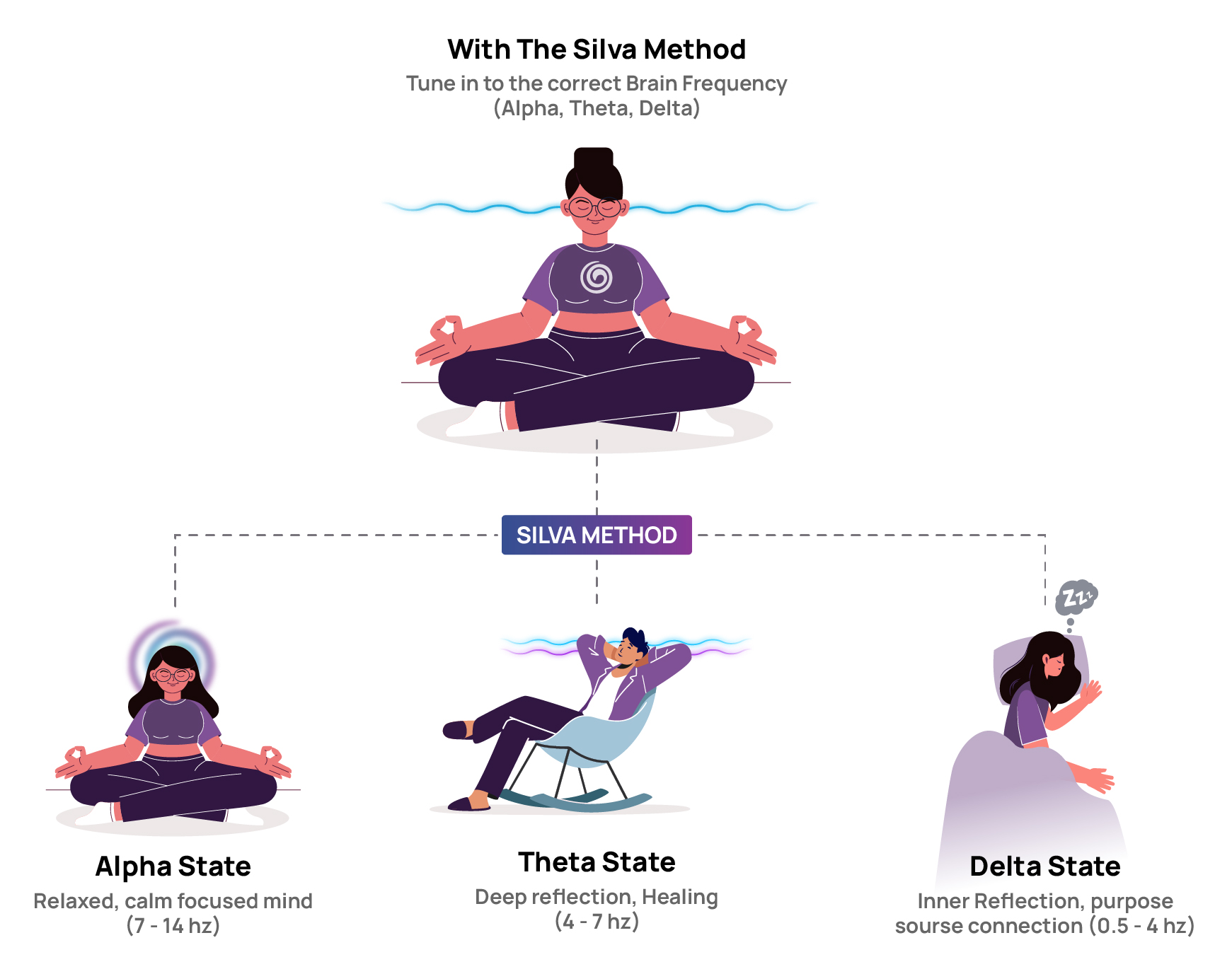
What if your brain just needs a better frequency?
Think of the brain like a radio - always broadcasting, always picking up noise. Your brain moves through different states every day - Beta when you’re alert or anxious, Alpha when relaxed and focused, Theta during deep reflection or meditation, and Delta in deep sleep. But most of us are stuck in high-alert Beta all the time - tense, reactive, mentally noisy. Silva teaches you to access Alpha and Theta on purpose - the sweet spots where your mind slows down, your awareness sharpens, and real change becomes possible.
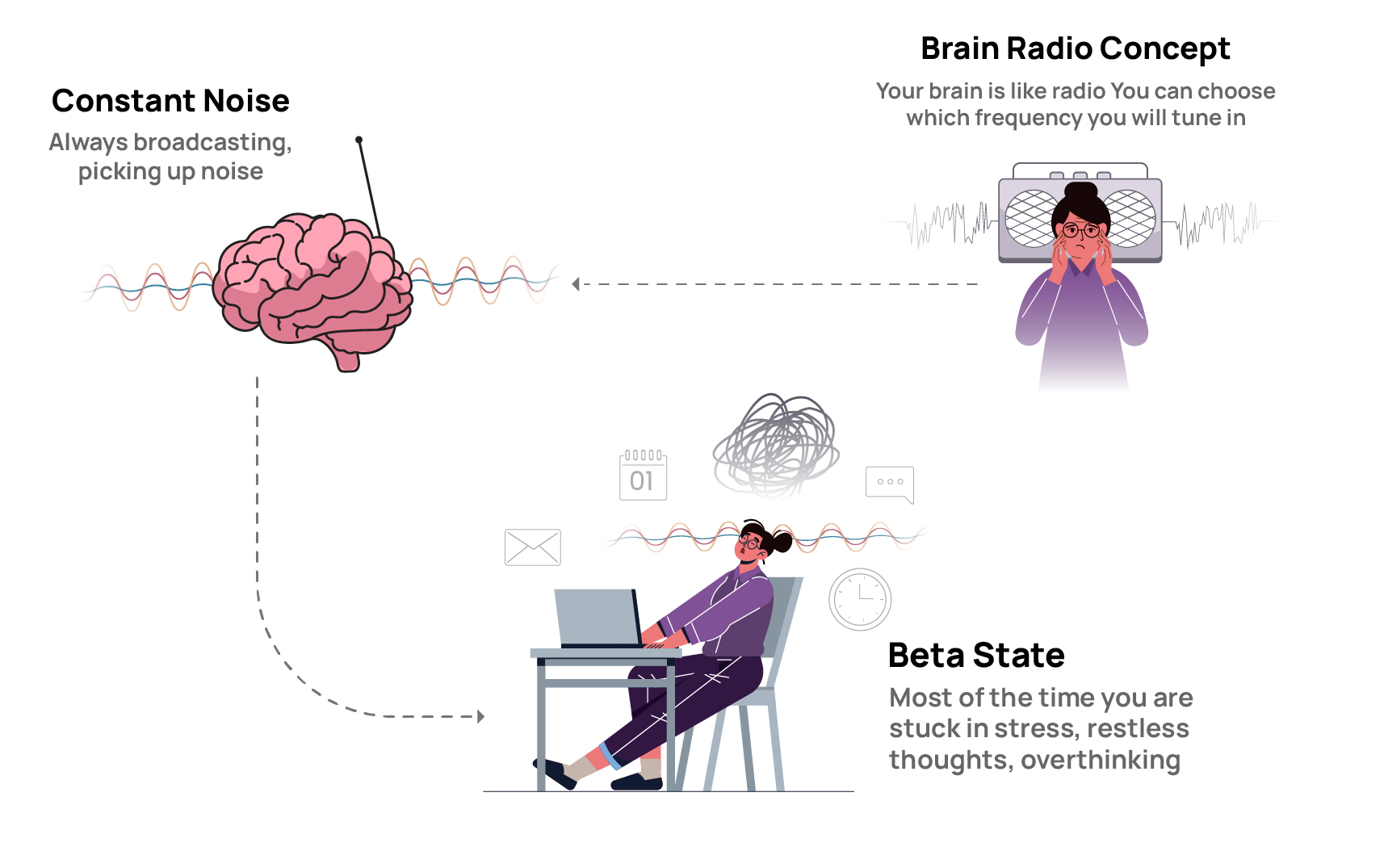
Science Behind Silva Method
It’s physics. The José Silva Method uses simple scientific principles to help people shift between mental states at will. In quantum mechanics, the Observer Effect shows that focused attention changes reality. Silva teaches you to direct that focus inward - to rewire how you think, feel, and respond. And like Ohm’s Law, where less resistance means more flow - Silva lowers mental resistance, so clarity, energy, and healing move freely again. You start working with your mind - not against it.
Why Choose Silva Now?
Because Stress Is Now Normal - and That’s Not Okay.
- ✅ Brains are overloaded.
- ✅ Attention spans are shrinking.
- ✅ Anxiety is everywhere.
The World’s Getting Louder. Your Mind Doesn’t Have To.
In a world of constant noise, doomscrolling, and burnout, your inner world often takes the hit. Silva helps you reclaim your focus, calm your nervous system, and reset your mental rhythm - from the inside out.
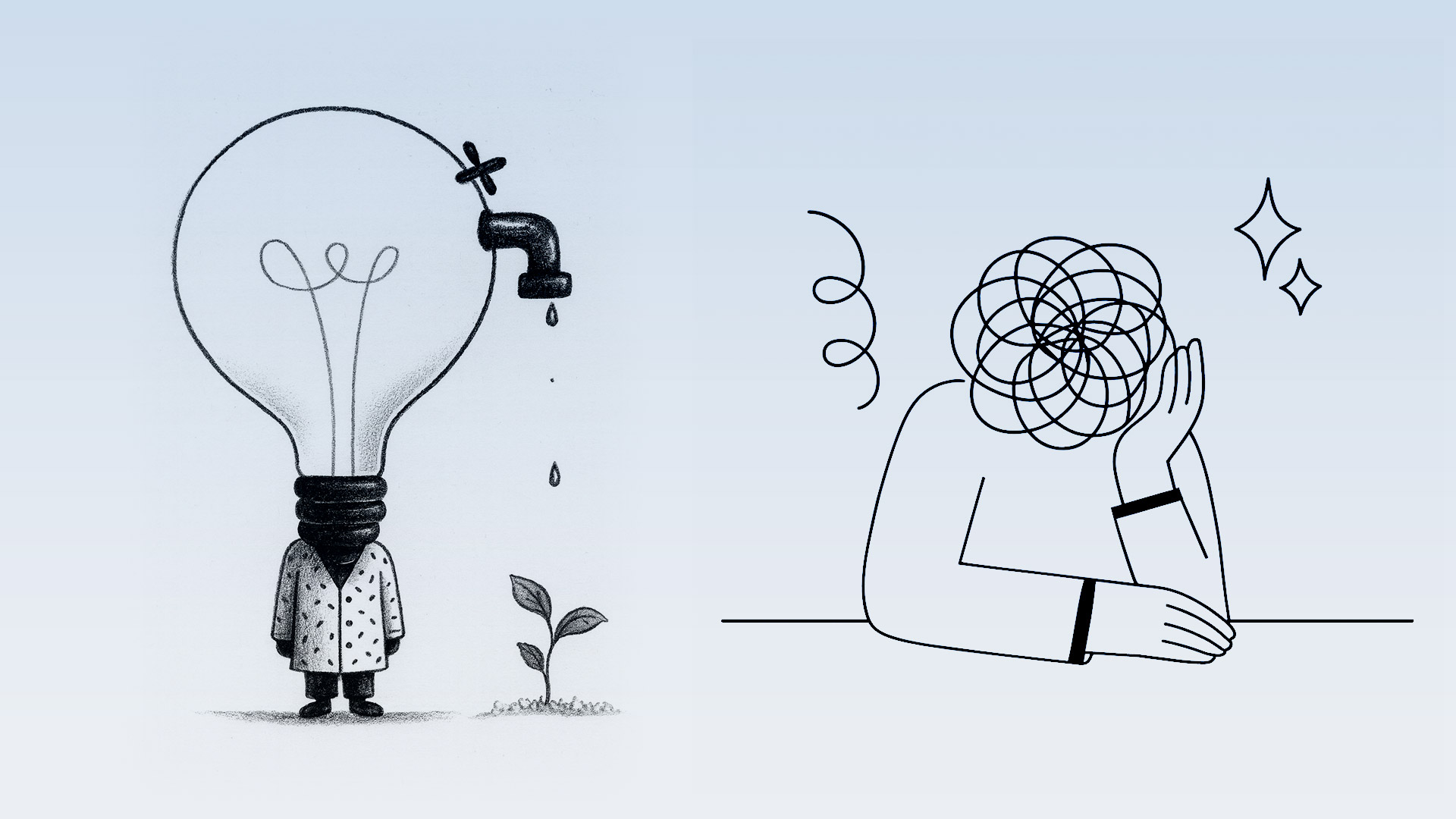
Get Silva on the Go
The Silva Method app lets you take your training with you.


You Don’t Need to Escape Your Life
Just Reset Your Mind.
Join millions who’ve trained their minds to work for them, not against them.
Book A Call With Silva Method














.jpg)




_1.jpg)
